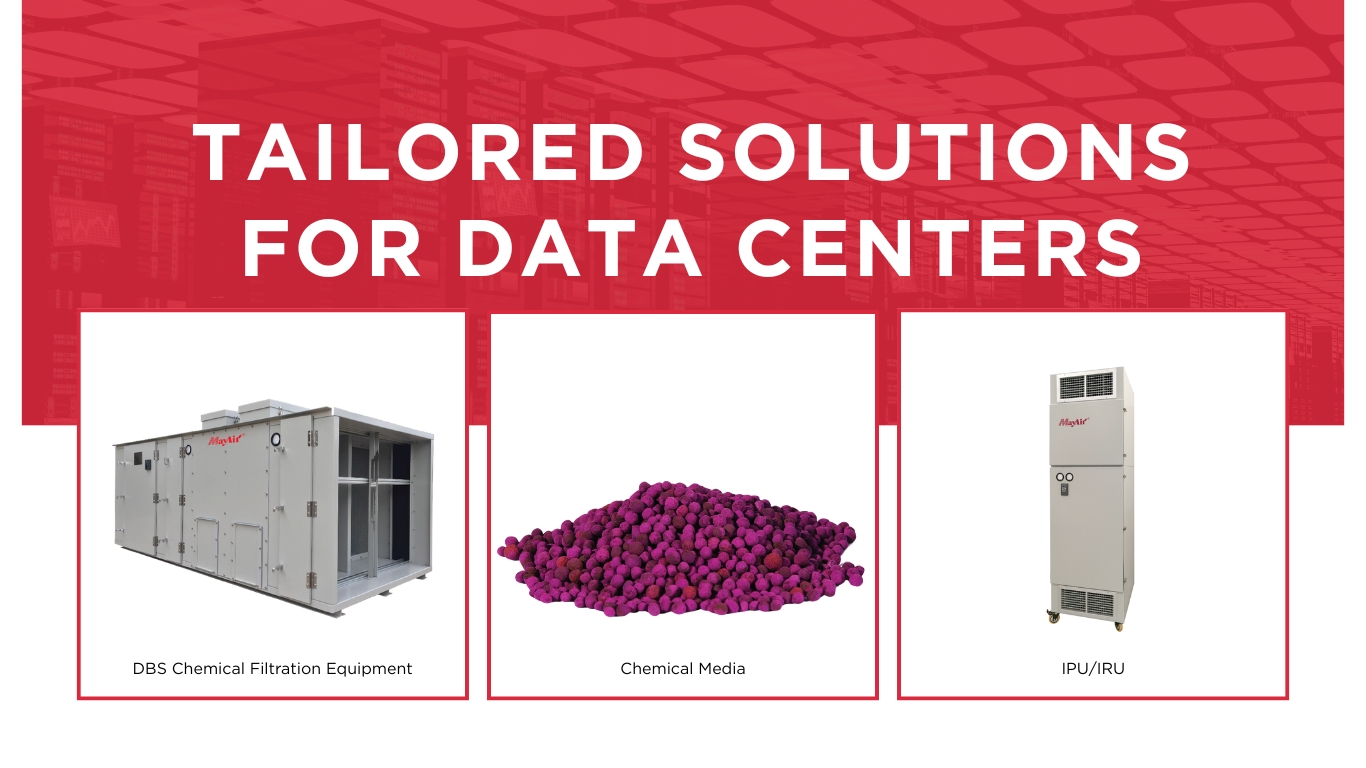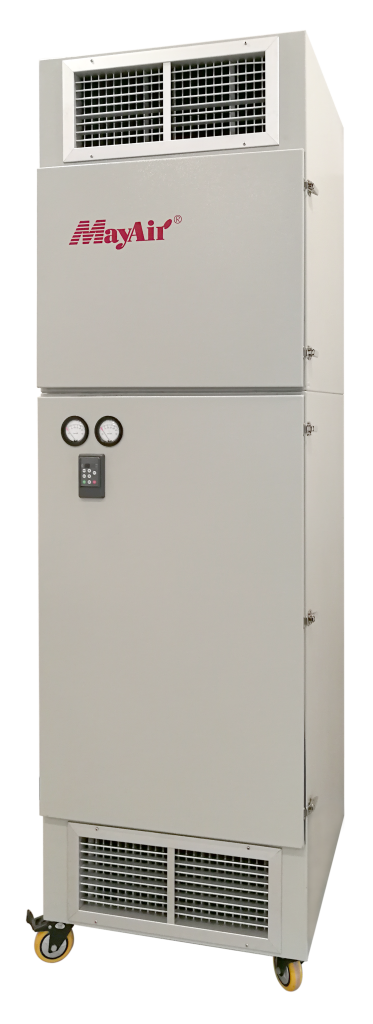
The Alarming Truth About Data Center Air Pollution
Why Data Center Air Pollution Matters Now More Than Ever
Data centers consume vast amounts of electricity, often sourced from fossil fuels and rely on polluting backup diesel generators during outages. Emissions from these sources release fine particulate matter (PM₂.₅) and nitrogen oxides (NOₓ), contributing to respiratory diseases, cardiovascular conditions, and premature deaths. A landmark 2024 study by UC Riverside and Caltech projects that by 2030, data center-related air pollution in the U.S. alone could cause 1,300 premature deaths annually and incur public health costs nearing $20 billion. These impacts rival the steel industry and California’s entire transportation sector.
The AI boom exacerbates the problem. Training a single large language model like Meta’s Llama 3.1 produces pollution equivalent to 10,000 round-trip car journeys between Los Angeles and New York. Meanwhile, diesel generators at data centers in Northern Virginia—home to the world’s highest concentration of such facilities—emit pollutants that drift across seven states, creating regional health costs of up to $2.6 billion annually.
Pollutants Behind Data Center Air Pollution
- Fine Particulate Matter (PM₂.₅): Emitted by diesel generators and coal-fired power plants, these microscopic particles penetrate deep into lung tissue and bloodstreams, increasing risks of asthma, lung cancer, and stroke. In data centers, PM₂.₅ also accelerates hardware corrosion, leading to equipment failures.
- Nitrogen Oxides (NOₓ): These gases react with sunlight to form ground-level ozone, a key component of smog. Prolonged exposure damages respiratory systems and reduces crop yields.
- Volatile Organic Compounds (VOCs): Overheated servers emit VOCs like formaldehyde, which degrade circuit boards and cooling systems while posing carcinogenic risks to workers.
Who Pays the Price?
Low-income communities near data centers bear the brunt of these emissions. In Stone Ridge, Virginia, an Amazon Web Services facility operates adjacent to residential areas, exposing locals to generator exhaust. Data Center Air Pollution doesn’t respect borders—Northern Virginia’s backup generators impact air quality as far as New York and New Jersey, yet affected communities receive no compensation.
Solutions for Data Center Air Pollution

DBS Chemical Filtration Equipment

Chemical Media
This high-efficiency filter captures airborne molecular contaminants (AMC), preventing harmful chemical pollutants from affecting critical infrastructure, thereby maintaining a stable and clean air environment for servers and networking equipment.

IPU/IRU (Industrial Recirculating Unit)
A standalone filtration system that recirculates and purifies indoor air within data centers, effectively removing both particulate and chemical contaminants, making it ideal for retrofit applications and high-risk contamination areas to enhance air quality and operational reliability.
By integrating these MayAir air filtration systems, data centers’ air pollution can achieve superior air quality, safeguarding critical equipment and ensuring optimal operational efficiency.
The time to address data center air quality is now. Contact our experts today for a free air quality assessment and learn how our solutions can protect your operations, your community and our shared atmosphere.


